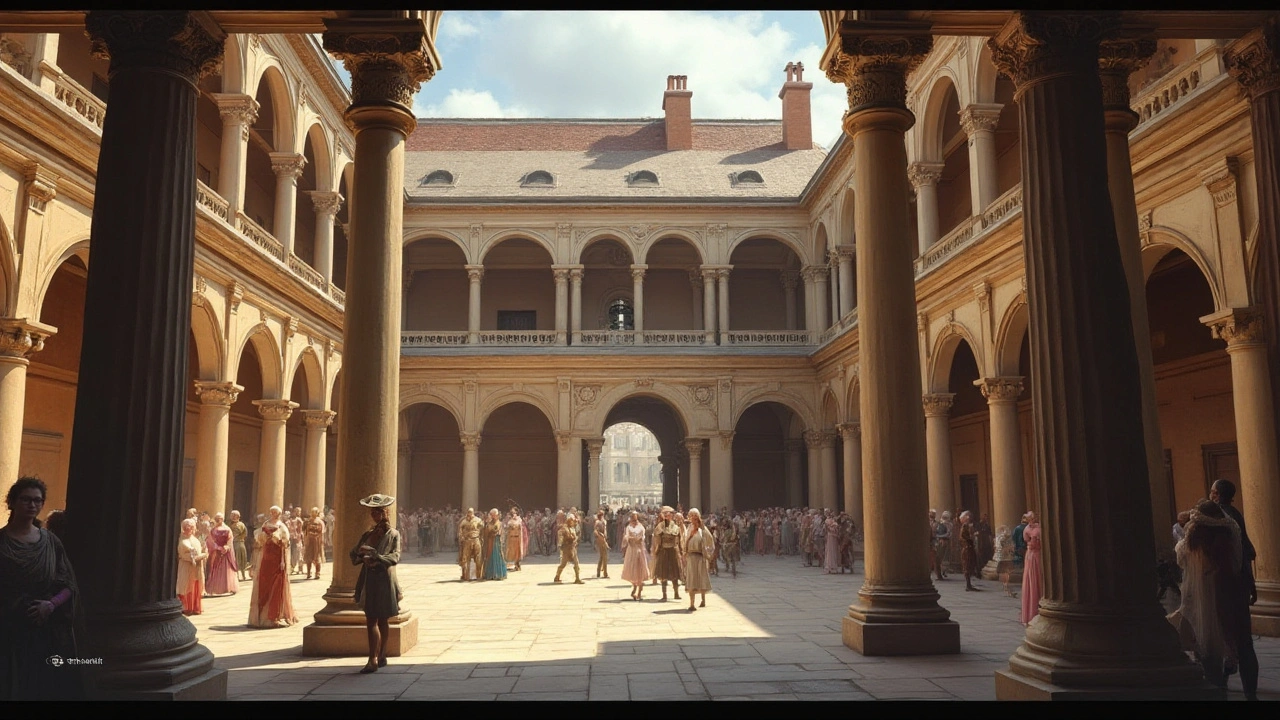Cultural Impact: How Architecture Shapes Communities
A single building can change how people feel, act, and even vote. Think of the Colosseum, a courthouse, or a row of Craftsman homes — each one tells a story and nudges behavior. This page pulls practical lessons from architectural styles and movements so you can spot influence fast and use it in design, planning, or preservation.
How buildings shape culture
Architecture creates identity. Civic buildings like Greek Revival courthouses suggest order and democracy. Grand Beaux-Arts train stations signal pride and civic ambition. Those choices shape how residents see their town and how visitors behave there. When a neighborhood gets a surge of Gothic Revival churches or Colonial homes, that visual language encourages certain rituals — festivals, tours, or local pride events.
Architecture also guides movement and social life. Wide plazas and Baroque promenades invite gatherings. Narrow medieval streets push people into smaller social groups. Functionalism and modern urban planning changed cities by emphasizing efficiency over ritual — and that shifted how people meet, work, and shop. Even tech design borrows minimalism to shape user habits: fewer options, clearer choices, calmer behavior.
Economy and preservation link tightly to cultural impact. Iconic sites draw tourists, which funds local businesses and conservation. But tourism can also distort neighborhoods, pushing out residents. That tension shows up everywhere from Roman ruins to revived Craftsman districts. Knowing the tradeoffs helps planners balance heritage and growth.
Practical ways to spot and use cultural impact
Want to read a place quickly? Look for dominant styles and public spaces. Columns, domes, and facades tell you what values mattered when buildings went up. Mosaics or religious icons hint at faith-driven community life. Reused industrial buildings suggest a city shifting to creative industries. These clues help you predict how people use and protect a place.
If you design or renovate, borrow with purpose. Use historical cues — a gambrel roof or a symmetrical Georgian facade — to connect new work to local memory. But avoid pastiche: combine real features with modern needs, like energy upgrades or flexible interiors. Community workshops help. Ask residents what parts of local architecture feel meaningful to them before making changes.
For preservation or advocacy, frame buildings as living culture, not just old things. Show how a block of Romanesque churches supports community rituals, or how a Beaux-Arts library anchors learning. Use clear metrics: visitor numbers, local business revenue, or stories from longtime residents. Numbers and stories together move decisions.
Small actions matter. Add interpretive signs, host walking tours, or run one-off restoration projects to keep a style visible and relevant. Those activities remind people that architecture isn’t static — it’s part of daily life. When you treat buildings as cultural actors, you get smarter planning, stronger communities, and places people care about long-term.

Renaissance Architecture: Shaping Modern Aesthetic and Function
Renaissance architecture marked a pivotal point in building design and aesthetic with a focus on symmetry, proportion, and geometrical clarity. Emerging in 15th century Italy, this architectural style drew inspiration from the classical elegance of Roman structures blended with the needs of the time. Notable for innovations like the use of columns, pilasters, and domes, it not only influenced European cities but also set the foundation for architectural practices worldwide. Understanding its essence provides insight into how it continues to shape modern spaces.
Read more